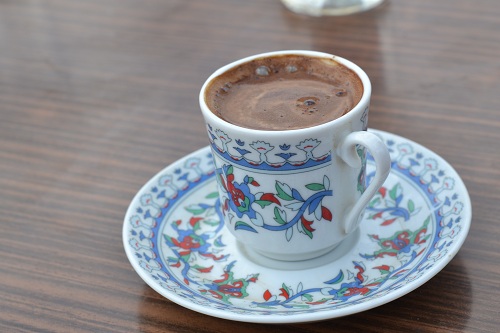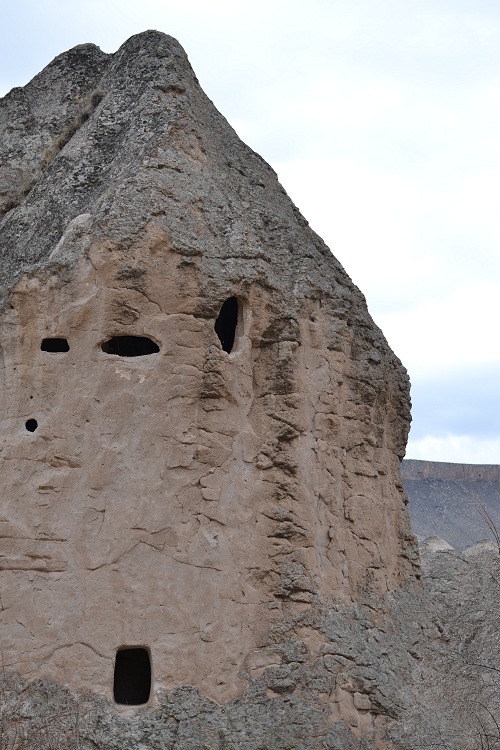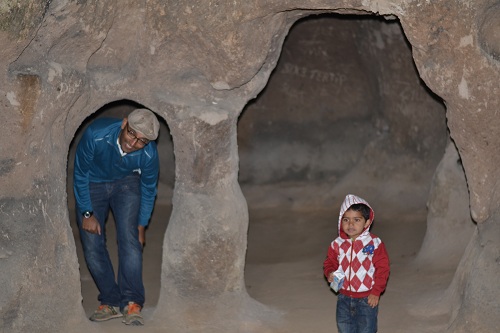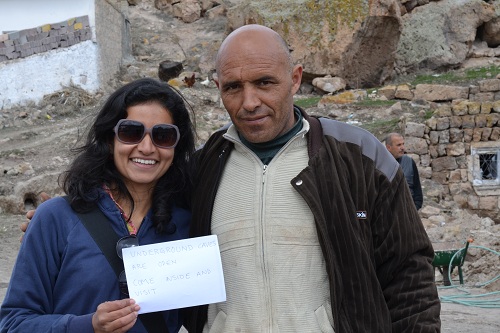In these days of guide books, travel websites, blogs and opinions galore, there are few travel experiences that catch us completely off guard. Once in a while there is an exception, such as our recent experience underneath the town of Mazi in Cappadocia.
As early as 1800 B.C., the Hittites built an elaborate system of underground caves and tunnels around Cappadocia. These cities were subsequently settled and expanded by Persians and Romans. Most recently they served as refuges for Christians, who were able to continue their faith in underground hiding from Persian and Arab rule.
We were warned that the tour crowds can make the known underground cities claustrophobic. Not wanting to give up on the experience, we asked our hotel owner whether we could see a less visited location. He suggested trying the newly excavated underground cities beneath the town of Mazi.
We almost missed Mazi, a town of just about 1,000. As we slowed the car, men leaving the town mosque after the mid day prayer gathered around to study us. We must have looked thoroughly confused because a burly man came up and introduced himself as the excavator, Issa.
Issa was extremely friendly, as most Turkish have been, particularly after noticing we have two kids in tow. He invited us for Turkish coffee inside what looked like a boarded up construction area. It all seemed rather suspicious, but the town was so unassuming that we figured we’d just go with the flow and see where things took us.

Issa and his crew have only excavated a small portion of Mazi and there is a lot that they still do not know about its inhabitants. What we do know is that thousands of years ago, these people had an advanced system of communicating, managing livestock and even mulling wine. They had clay ovens that cooked their food and heated their homes, as well as and separate areas for sleeping, bathing and cooking. They managed to build cities that stretched five stories underground and two above, the ancient versions of our skyscrapers. Their architecture was complete with air vents, escape routes, and guillotines for the unwelcome and unexpected intruder.

We learnt that the Hittites had an elaborate hierarchical system and, it this conference room, the king entered through the big doorway, while his court bowed down to make it through the shorter entry.

The scale and sophistication of these cities given their age is unlike anything that we have ever experienced. Our appreciation was all the greater because we were treated to an intimate preview of the area, which few other tourists have seen. Next year, Mazi will formally open up to tourists. The dirt lot where Issa hosted us over coffee will be a ticket area. Visitors will get to see the underground cities beneath Mazi, but they won’t be treated to Issa’s hospitality and infinite patience. For now, Issa wants to share what he has already found with others and asked for our help to make a welcome sign.

We were Issa’s only visitors for that day. While we most definitely had an experience off the tourist route, it seemed somewhat ironic that by making the sign for Issa we played a role in putting Mazi on the tourist circuit for the rest of 2012.